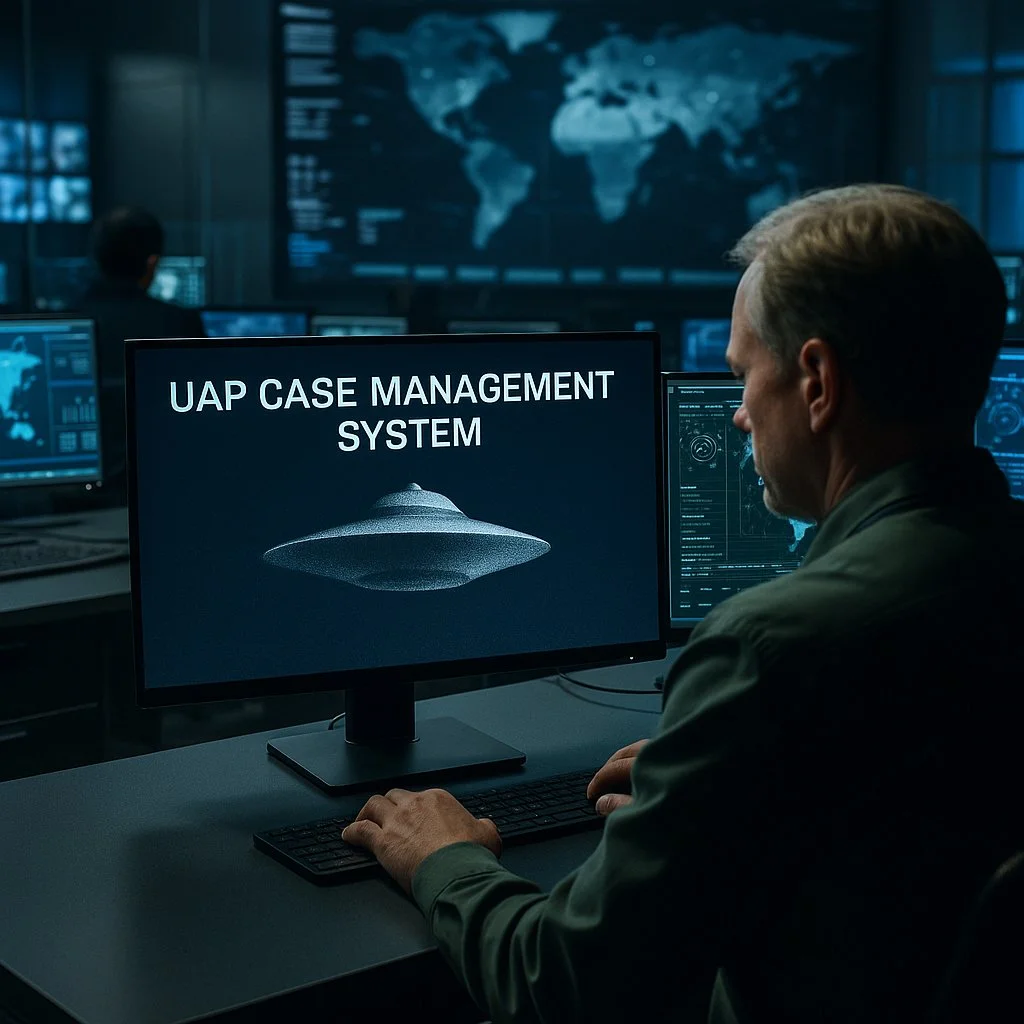READ: Pentagon Commissions Secure Platform to Track UFO Reports
The U.S. Department of Defense is preparing to launch a classified software system to help manage the increasing flow of UFO-related data and investigations handled by the All-Domain Anomaly Resolution Office (AARO). The new system is designed to organize and safeguard information about unidentified anomalous phenomena (UAP), which the government views as potential threats to national security.
A new federal notice outlines the Pentagon’s plan to build a custom case management system (CMS) hosted on its most secure network — JWICS, the Joint Worldwide Intelligence Communications System. This platform will serve as the central hub for AARO's work and allow authorized personnel to log, categorize, and analyze UAP reports with enhanced oversight and security.
The Department of Defense is seeking contractors with top-secret clearance to build, maintain, and improve the system over a potential five-year contract. Bids are due by June 9, 2025.
According to a defense spokesperson, this marks AARO’s first official contracting effort since its establishment in 2022. Until now, the office has relied on a patchwork of tools to fulfill its mission. The new CMS aims to streamline these resources into a unified platform.
The platform is expected to offer several high-level capabilities:
Sort reports by type and urgency
Convert documents into searchable data
Track case progress and updates
Send automatic acknowledgments for new submissions
Provide encrypted, role-based access to users
Maintain strict compliance with federal record-keeping laws
Importantly, the system will also play a foundational role in managing incoming reports once a public-facing UAP reporting mechanism is launched, an initiative AARO has publicly discussed but not yet implemented.
AARO, which was created during the Biden administration after bipartisan pressure from Congress, oversees efforts to detect, investigate, and resolve UAP sightings across air, sea, and space. These include not only UFOs, but also trans-medium objects—craft that reportedly transition between different environments such as air and water.
Despite growing public interest, much about AARO’s internal operations, including its budget and updated case numbers, remains classified. The last public count in November 2024 listed over 1,600 UAP cases, but officials have not provided new figures since then.
While the classified CMS is aimed at government use, it’s also being designed with a long-term vision. Eventually, it could be used to manage civilian-submitted sightings and help close the gap between public curiosity and government data.
Whether this system brings more transparency or simply strengthens internal control remains to be seen. But as the number of UAP reports continues to rise, so does the Pentagon’s push to track them in a more coordinated, secure, and scalable way.

